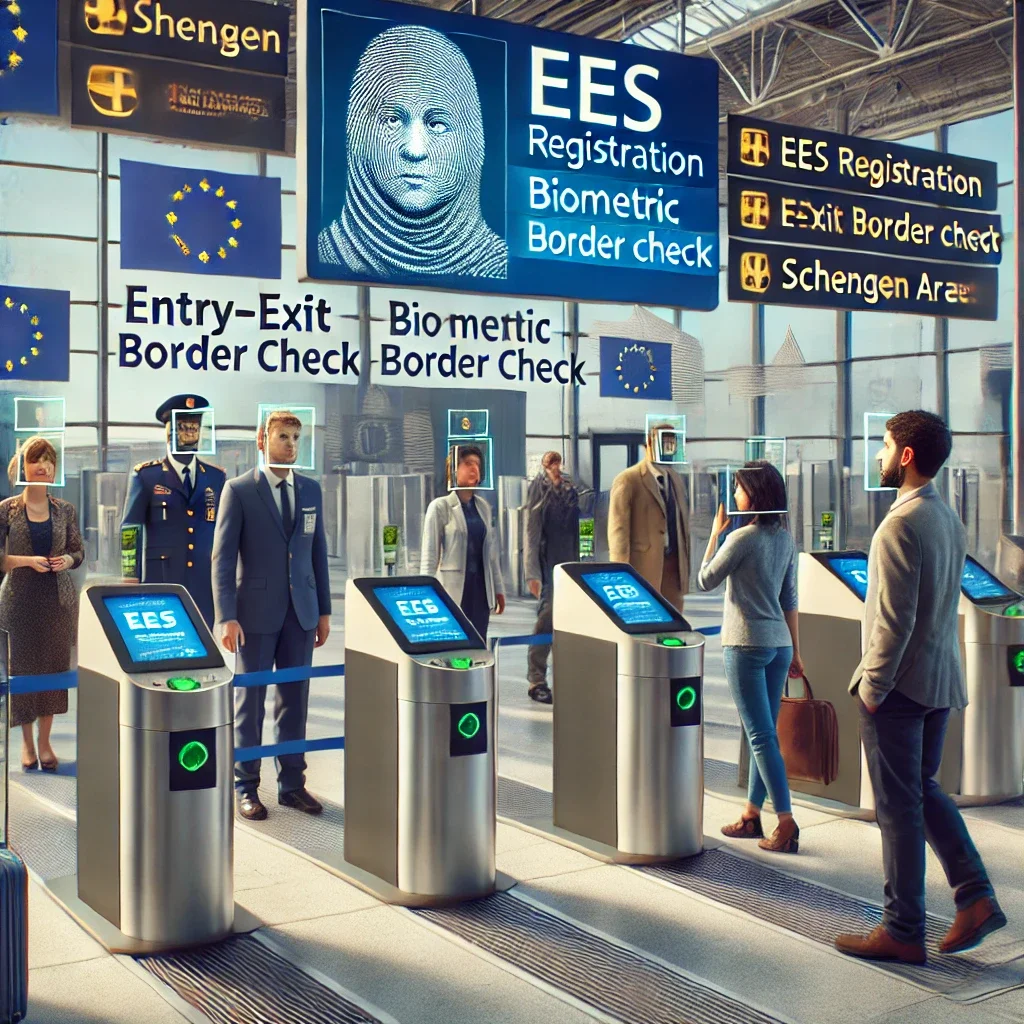After several delays, the EU’s Entry–Exit System (EES) launched 12 October. It introduces biometric border checks for all non-EU travelers entering the Schengen area.
What happens at the border
First trip after launch: You’ll register fingerprints and a facial image on arrival (visa-free travelers included).
Children under 12: Photo only; no fingerprints.
Later trips: Automated facial recognition should clear most travelers in under two minutes—no more manual passport stamps once fully deployed.
Where and when it applies
EES will replace passport stamping across 29 participating countries. Ireland and Cyprus are not part of EES.
The system is free for travelers and is slated to be fully operational by 10 April 2026 at international airports, major land borders, and seaports.
Rollout varies by country. Prague is currently the largest hub running EES end-to-end, though reports note queues up to 90 minutes during the transition.
Why the EU is doing this
EES will automatically track the 90/180-day rule for visa-free visitors, tightening overstay controls while aiming to speed up compliant travelers.
What’s next: ETIAS
The European Travel Information and Authorization System (ETIAS) is planned for late 2026.
Travelers from visa-exempt countries will complete an online form and pay €20. Approvals last three years or until the passport expires, whichever comes first.
Together, EES now and ETIAS later are designed to deliver stricter control with smoother flows once fully in place.

